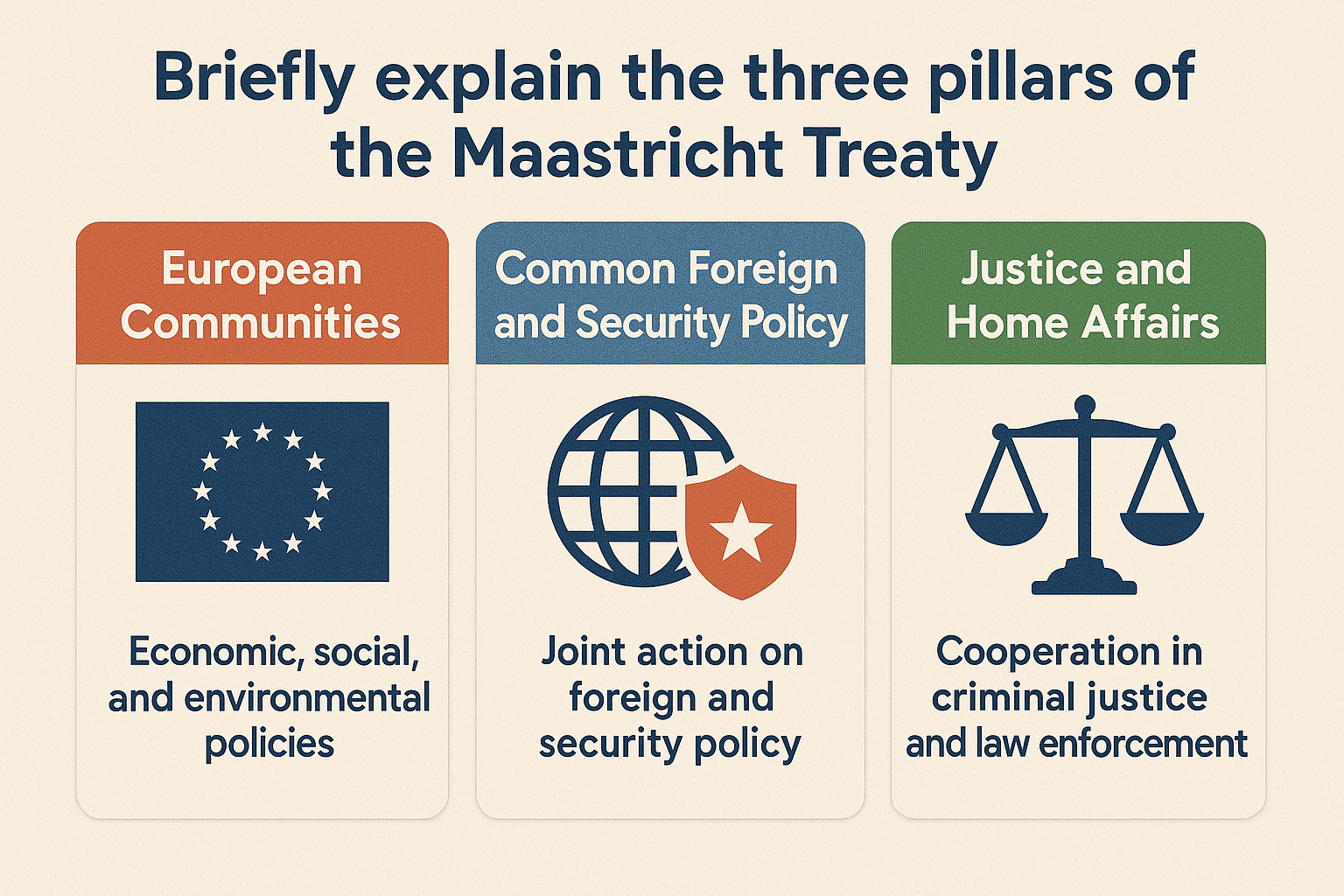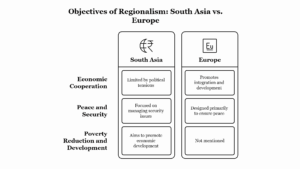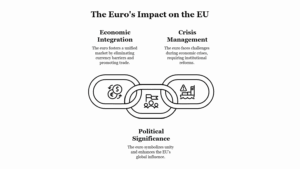The Maastricht Treaty, formally known as the Treaty on European Union (TEU), was signed on 7 February 1992 and entered into force on 1 November 1993. It marked a significant evolution in the history of European integration by transforming the European Economic Community (EEC) into the European Union (EU) and introducing a more comprehensive framework for political, economic, and social cooperation among member states. Central to this treaty was the establishment of a three-pillar structure, which guided the functioning of the EU until it was abolished by the Treaty of Lisbon in 2009.
1.1. Pillar One: European Communities
The first pillar comprised the existing European Communities: the European Economic Community (EEC), the European Coal and Steel Community (ECSC), and the European Atomic Energy Community (EURATOM). This pillar represented the supranational dimension of the EU, where member states transferred a degree of sovereignty to European institutions.
- The European Communities operated on the basis of Community law, and decisions were made primarily through the Community method, which involved the European Commission, European Parliament, and the Council of the EU.
- It covered economic integration, including the establishment of a single market, economic and monetary union (EMU), and common policies such as agriculture, competition, trade, environment, and consumer protection.
- The most significant achievement under this pillar was the plan to introduce a single European currency—the Euro, eventually launched in 1999.
This pillar was legally binding and enforceable through the European Court of Justice (ECJ), making it the most institutionalized and developed of the three pillars.
1.2. Pillar Two: Common Foreign and Security Policy (CFSP)
The second pillar introduced the Common Foreign and Security Policy (CFSP), which aimed to give the EU a coherent and unified voice in global affairs.
- The CFSP covered diplomacy, international peacekeeping, conflict prevention, and relations with third countries.
- It was based on intergovernmental cooperation, meaning that decision-making was primarily in the hands of the member states, especially in the European Council and Council of Ministers.
- Decisions required unanimity, and the European Commission and Parliament had limited roles.
- Though it lacked the supranational characteristics of the first pillar, the CFSP was a significant step toward creating a common identity in foreign policy.
However, implementation was often hindered by divergent national interests, and critics argued that the pillar suffered from a lack of coherence and effectiveness.
1.3. Pillar Three: Police and Judicial Cooperation in Criminal Matters (PJCCM)
The third pillar focused on internal security and justice through Police and Judicial Cooperation in Criminal Matters (PJCCM).
- It included cooperation in combating terrorism, drug trafficking, organized crime, and immigration control.
- Like the second pillar, this was also intergovernmental in nature, with decisions made by consensus among member states.
- Although the European Court of Justice had some jurisdiction, it was limited compared to its authority under the first pillar.
- Mechanisms were developed to coordinate the activities of police forces, border agencies, and judicial authorities across the EU.
This pillar aimed to ensure the safety and security of EU citizens, particularly in response to the growing concerns over cross-border crime.
Conclusion
The three-pillar structure of the Maastricht Treaty was a pragmatic compromise that balanced deepening integration in some areas with preserving national sovereignty in others. The first pillar showcased the EU’s supranational potential, while the second and third pillars reflected the member states’ caution toward relinquishing control in sensitive areas like foreign policy and internal security. This structure provided a flexible framework for expanding the EU’s competencies during the 1990s and early 2000s.
Eventually, the Treaty of Lisbon (2007) abolished the pillar system to streamline the functioning of the EU and enhance coherence. Nevertheless, understanding the Maastricht pillars remains essential to comprehend the evolution of European integration and the institutional architecture of the modern EU.








Leave a Reply